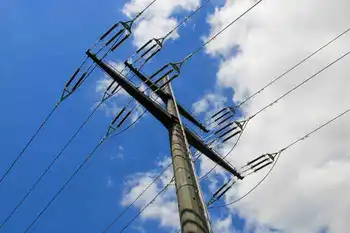Siemens moves Ontario jobs south
The production of Siemens 60-hertz gas turbines at the Hamilton site will be phased out, the company said.
The decision to close the turbine facility as of July 2011 will put 550 people out of work, according to the Canadian Auto Workers union.
The CAW, which represents about 350 of those affected, said workers are “reeling” from the news. It plans to fight the closure.
"Only two years ago, I toured this plant with the upper management of Siemens, where I heard all about how productive and valuable our members were to the Siemens operations. Now, it seems the company has performed a brash about-face and plans to dump a plant that has been in the city of Hamilton for more than 100 years," CAW President Ken Lewenza said in a statement.
A Siemens spokesperson was not immediately available for comment.
The move will see the U.S. city of Charlotte become the new global hub for SiemensÂ’ gas and steam turbines and generators with production slated to start in the fall of next year.
“With this move, we’re pushing ahead with our growth strategy in the U.S., which is our most important single-country market,” said Peter Löscher, president and CEO of the German engineering and technology giant.
The company plans to spend a total of $130 million on expansion south of the border.
The U.S. is the most important health-care market for Siemens, representing 40% of its total revenue. Moving the 60-Hz gas turbine plant to the U.S. will also reduce average shipping distances and related greenhouse gas emissions, Siemens said.
Related News

Duke Energy installing high-tech meters for customers
KOKOMO - Say goodbye to your neighborhood meter reader. Say hello to your new smart meter.
Over the next three months, Duke Energy will install nearly 43,000 new high-tech electric meters for Howard County customers that will allow the utility company to remotely access meters instead of sending out employees to a homeowner's property for walk-by readings.
That means there's no need to estimate bills when meters can't be easily accessed, such as during severe weather or winter storms.
Other counties serviced by Duke Energy slated to receive the meters include Miami, Tipton, Cass and Carroll counties.
Angeline Protogere, Duke Energy's lead communication consultant,…





